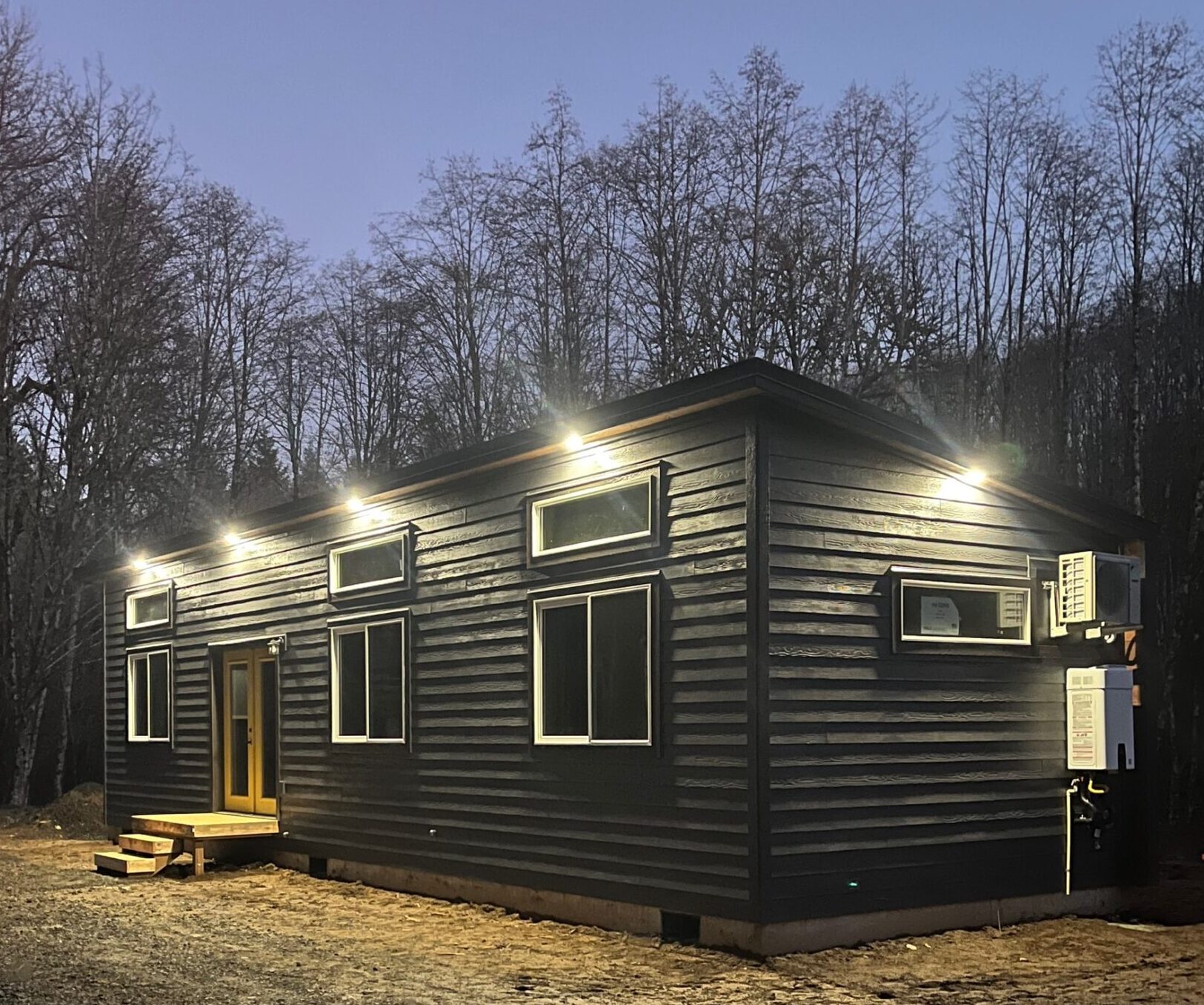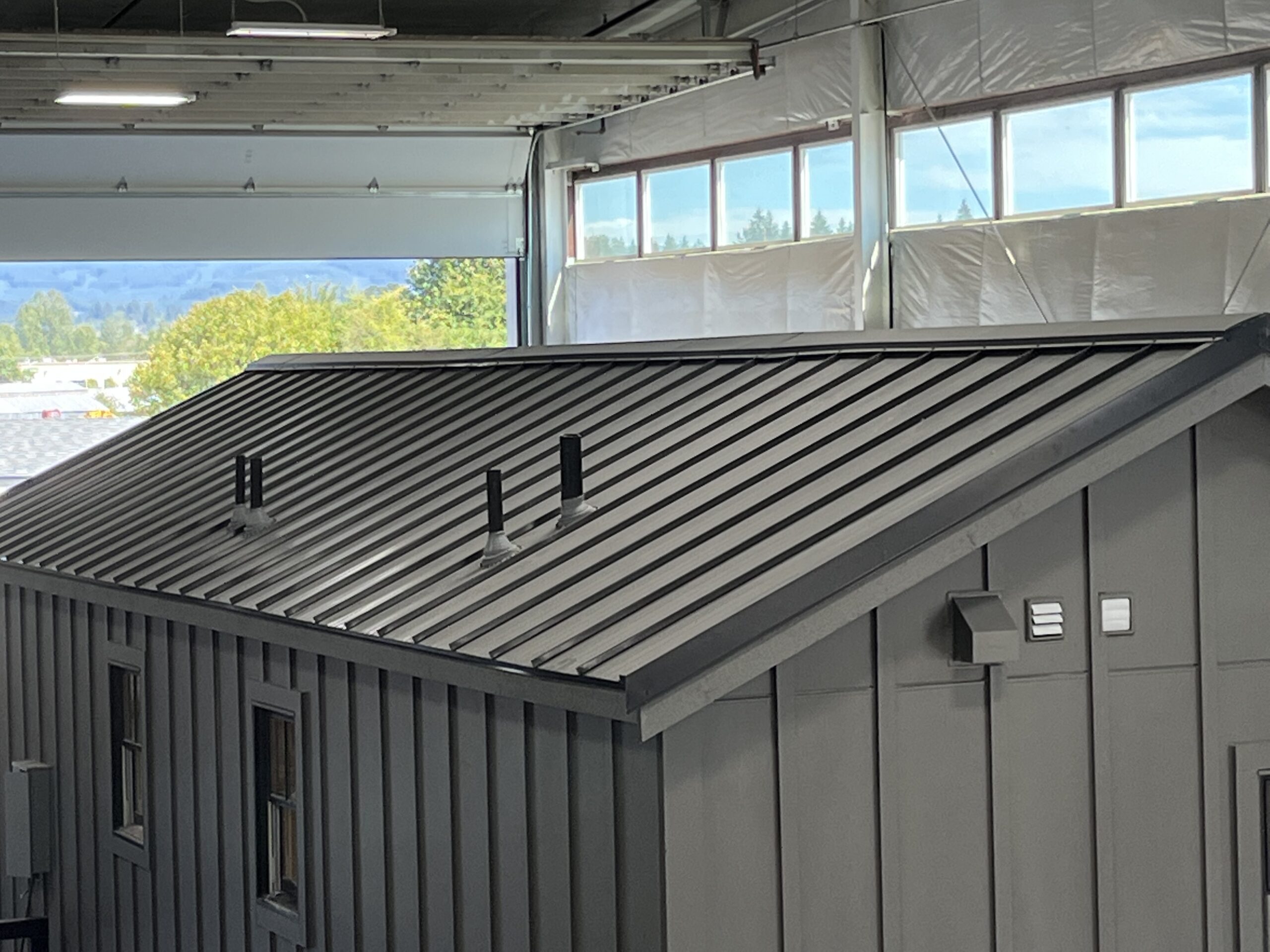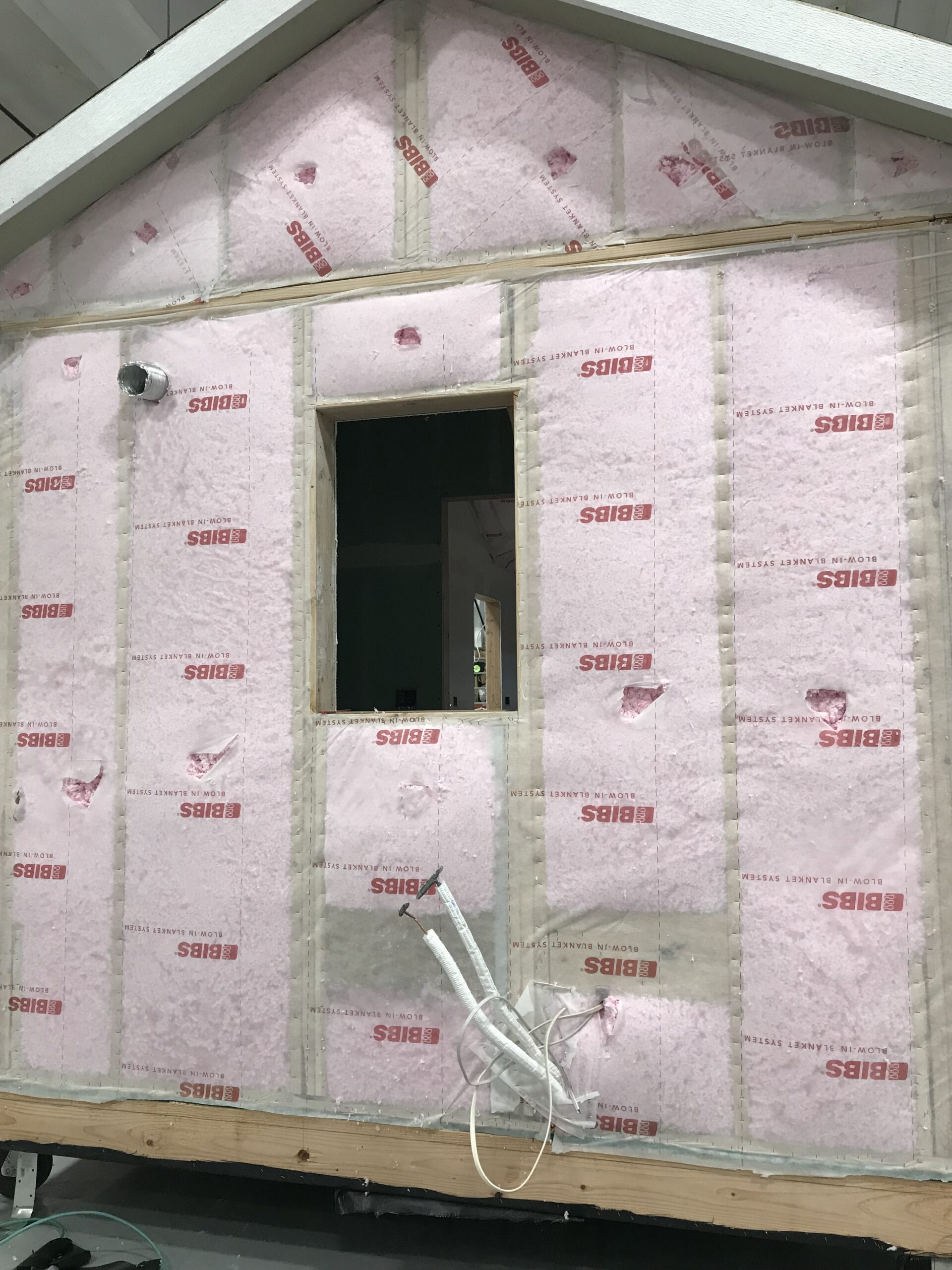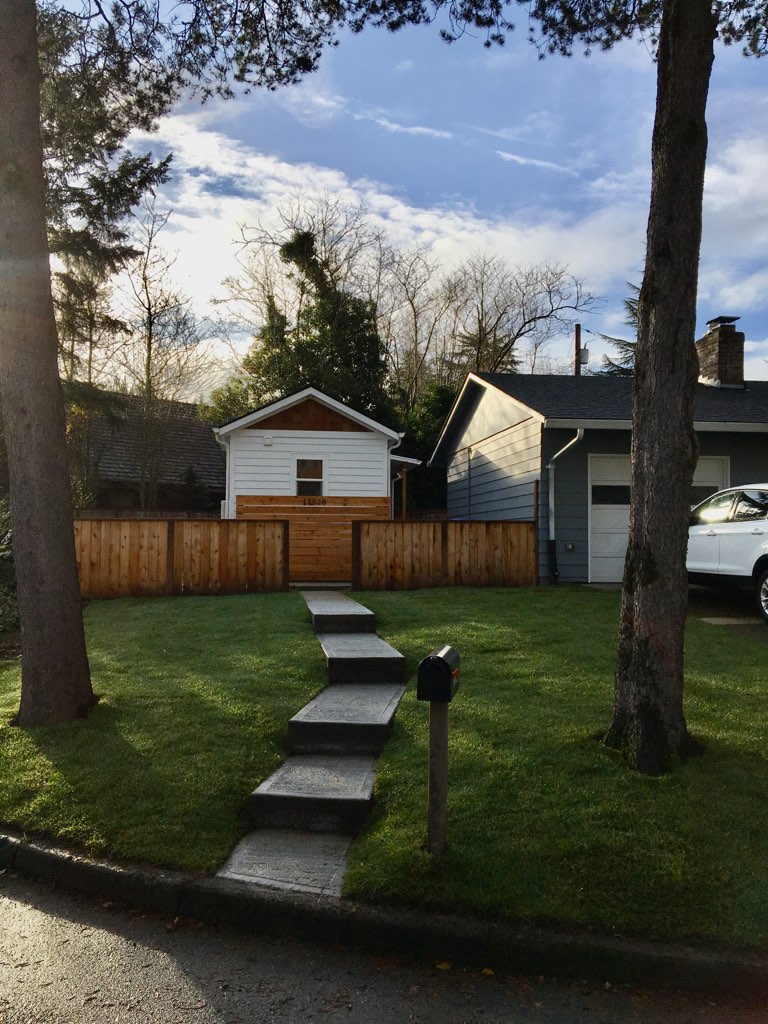Propane vs. Natural Gas—Why It’s Important
There are very few differences between natural gas and propane operationally; in fact, most people probably could not tell one from the other during everyday use.
However, there are some substantial differences between propane and natural gas in the initial setup. Having the correct knowledge during setup and install is necessary for the longevity and quality of life.
When it comes to understanding the differences between propane and natural gas, there are a few topics to discuss…
- First and probably the most important is to know the actual difference between propane gas and natural gas.
- Second, most people would agree it’s worth discussing price difference.
- Finally, the real meat and potatoes—the details of installation.
The Differences between Propane and Natural Gas
Weight & Pressure
The biggest difference between propane and natural gas is that the former is heavier than air while the latter is lighter than air.
When natural gas is released into the atmosphere, it raises to the top of the room or into the atmosphere as opposed to propane, which will settle next to the floor or ground. Because propane has a higher density than air, it must be projected out of the burner orifice so as not to settle back into the appliance.
Typically, propane gas is at 11 inches of water column or .4 psi when it comes out of the appliance orifice. On the other hand, natural gas can be used at a lower pressure because it simply needs released out of the burner—not projected. Natural gas typically operates in the appliance around 7 inches of water column or .25 psi.
Stored Energy
When talking about stored energy, propane has the upper hand. Propane has nearly twice the BTUs per cubic foot as natural gas. This means that, to make the same amount of heat, you will need to burn almost 2X more natural gas than propane. To make up for this difference, appliances are fitted with different size orifices depending on what gas they will be using.
An orifice is the small opening that the gas is pushed through right before the flame to meter the amount of gas.
Because propane contains more BTUs and because it runs at a higher pressure, it needs a much smaller orifice than natural gas. If an appliance’s regulator and orifices are not converted before using propane, a dangerously large flame will result due to the larger orifice.
Availability
Availability is the major deciding factor when there is a decision to go with natural gas or propane.
Natural gas is typically delivered only by pipeline, and propane is usually delivered by truck. If you are near a natural gas pipeline, then great! You most likely can connect. However, if there is no pipeline close by, chances are a natural gas connection will be cost prohibitive and propane will be the obvious answer.
A question often asked is, “Why can’t natural gas be delivered by truck?”
Like mentioned above, natural gas has way fewer BTUs than propane. To get the same “heat” out of a truck of propane and a truck of natural gas, you would need to cram twice the volume into the natural gas truck. When you put twice the volume, you have far higher pressure. The pressure would have to be so high it would make pressurizing, storing, and depressurizing cost prohibitive to do safely.
Price
When people decide whether to use propane or natural gas, price is usually the deciding factor—assuming natural gas is available at the site.
Natural gas is less expensive than propane hands down, even though you would consume twice the volume compared to propane. If natural gas is available, it will be cheaper in the not-so-long run. Natural gas also has the added benefit of being in constant supply compared to needing to call your propane supplier to set up a delivery every so often.
If you are installing natural gas in a residential home, the supplier (such as NW Natural) will run the gas to your home and install a meter for little to no charge, assuming they will make up the price of install on gas sales.
If you are installing an ADU, the situation may be different. It’s a toss-up if the gas company will install a second feeder line over to the ADU with a second meter on the side of the ADU. If the gas company will install the second meter on the ADU, this is the way to go because, again, they charge little to nothing assuming they’ll make it up on gas sales. If the gas company will not install the meter on the side of the ADU, your installation cost will be significantly higher. In this case you have 2 options:
- Assuming your existing meter on your main house has enough capacity, you can tie the ADU into the existing gas meter.
- Alternatively, you can have an additional meter set next to the existing one at no cost and tie the ADU into the new meter.
Both options will require a gas pipe permit, as well as a contractor to run an underground gas line from the house to the ADU, along with any piping that will have to be run through the house to the meter.
Buying vs. Renting
When installing propane there are a couple of options: You can own the tank or rent the tank.
Owning your tank has one distinct advantage—you are not stuck buying propane from one provider. Usually, propane companies will charge less to people who own their tanks because they know the homeowner can shop prices and they don’t have the cost of the tank to try to recuperate. However, the downside to owning your own tank is the initial cost.
There is a trade-off here: The larger the tank, the more it costs but the less you’ll pay for propane. On the flip side, the smaller the tank, the less it costs but the more you’ll pay for propane.
If you decide you don’t want to put the extra money down up front, then there is nothing wrong with renting a tank. If you rent, the propane company will usually charge a minimal setup and delivery charge and a small yearly rental rate. Just read through the contract carefully and keep tabs on the price per gallon. When in a rental contract, the price per gallon has been known to slowly creep up above market cost…
When installing propane tanks, it will always be cheaper to install aboveground immediately next to the building using the propane, as any underground piping will end up costing more. Additionally, if your tank is over 120 gallons, a propane tank permit is required. Keep in mind that a propane tank must be placed more than 10 feet from an ignition source and 5 feet from any windows or vents.
Permitting & Installation
Permitting can be more complicated for gas install than you’d guess.
For a normal residential, new construction house, it’s straightforward: buy a permit, install the pipe, put it on test with air and a pressure gauge, and call for an inspection. When the inspector arrives, he’ll look at the piping and the pressure gauge. If the piping looks good and the pressure is holding within tolerance, he’ll sign off and you’re good to go.
If you are using natural gas, the inspector will put a “green tag” on the pipe with his signature. The green tag signals to the natural gas technician when he comes out that all is good, and he’s authorized to turn on the gas to this system. The gas supplier provides these green tags to the local jurisdiction to create a fail-proof visual system for the technician to know that he has the green light. This means that when you’re installing propane piping, the inspector will not (or rather should not) leave a green tag. The natural gas supplier does not appreciate the inspector using green tags on non-natural gas systems. However, this doesn’t mean that you won’t see an occasional green tag on a non-natural gas system.
Things get a little more complicated when you’re installing a factory built, Gold Label modular house or ADU…
The Gold Label units get pressure tested and inspected in the factory, which means that the local jurisdiction inspector does not need to inspect anything inside of the house, including the gas piping.
Using Natural Gas with Gold Label Units
When installing a Gold Label, small modular home with natural gas, it is possible not to have any additional gas piping permits if the natural gas supplier installs the meter directly on the side of the Gold Label unit and attaches to the factory-installed piping stubbed out of the house. Similarly, if you install a propane tank that is less than 125 gallons immediately next to the Gold Label house and connect directly to the factory-installed stub, you also do not need any additional gas piping permits. However, as soon as there is any piping done outside of the Gold Label modular, regardless of the gas type, you need a stand-alone gas piping permit, and an inspector needs to inspect the piping and the pressure test. The house itself does not need to be included on the pressure test, although it’s not a bad idea to double-check it.
Using Propane with Gold Label Units
If you are installing a Gold Label ADU with propane, the situation is very similar to natural gas depending on the local jurisdiction. Most of the time you can place up to a 120-gallon tank next to a small modular home and connect directly to the factory-installed stub, avoiding a separate permit altogether. Some jurisdictions require a permit for placing anything larger than a 30-lb tank anywhere. Since 30-lb tanks are nowhere near big enough, you’ll most likely end up buying a permit. As with natural gas, if there is any piping done outside of the small modular home, a separate gas permit will be required. One more thing that will trigger a permit is a buried tank.
Any size tank that is buried must be permitted.
Gas piping and tank permits, in the big picture, are not that hard to get and are not very expensive. The only complicating factor is the Gold Label unit scenario. Usually when purchasing a gas permit you pay for the number of appliances that you plan to install; with a Gold Label unit, the answer is none. You are simply installing a pipe to connect the tank or meter to the Gold Label unit.
If you talk to the person at the counter, you may run into some issues here, but if you talk to the right person, this is usually not a problem.
Takeaway
Bottom line: I would recommend connecting to natural gas whenever possible, as you will end up saving money in the long run.
If you can have your gas supplier do all the piping and put the meter on the side of the small modular home or ADU, that’s even better.
Having said this, propane is still a good choice, but in the end, you will have less hassle and spend less money with natural gas. If your natural gas supplier does the piping for you, natural gas can be even less expensive to install, but most of the time (as far as installation goes) it is easiest and most cost-effective to put one or two propane tanks directly next to the house.




